Description
HONEYWELL XNX-UTAV-RNIF1 – Universal Gas Detection Transmitter for Hazardous Areas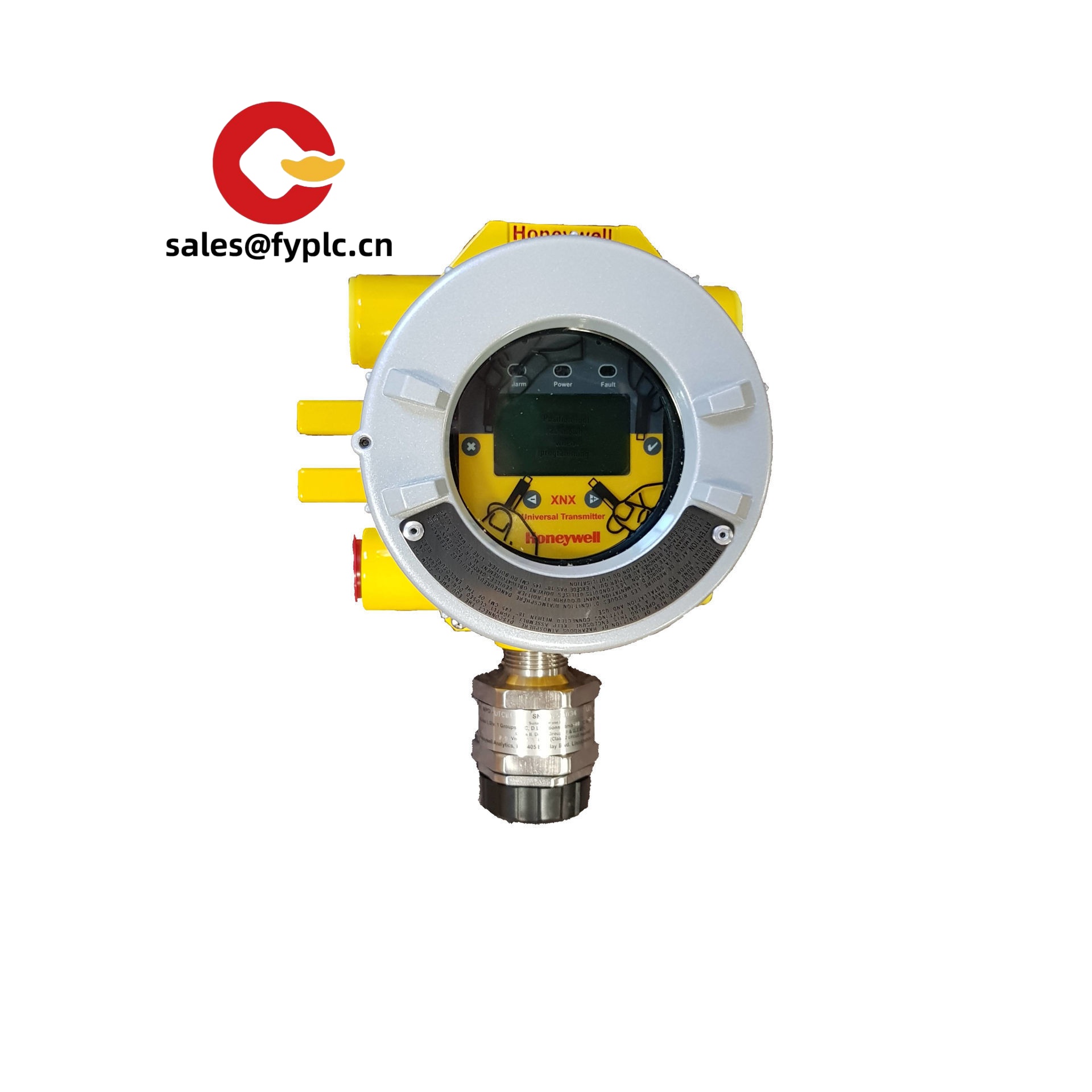
The HONEYWELL XNX-UTAV-RNIF1 sits in Honeywell’s XNX Universal Transmitter family, which is widely used to centralize gas detection across mixed sensor types. From my experience, this variant is typically selected when you need a robust, aluminum-housed transmitter with analog and digital outputs, plus a remote interface configuration for pairing with Honeywell IR point or open-path detectors. If you’re standardizing across a site with legacy and new sensors, XNX tends to simplify wiring, spare parts, and day-to-day maintenance.
Order Placement Process & Guarantees
- Warranty: 365 days
- Lead time: Typically 1 week if in stock; no more than one month at the latest
- Payment: 50% advance payment; full payment prior to delivery
- Shipping: FedEx, UPS, DHL (express options)
Key Features
- Universal platform – Supports a wide range of Honeywell gas sensors; helps standardize on one transmitter across the plant.
- Analog + digital outputs – 4–20 mA (sink/source) with HART; RS-485 Modbus RTU is common on XNX for SCADA/DCS integration.
- Remote sensor interface – The RNIF1 configuration is typically used for remote connection to Honeywell IR detectors (e.g., Searchpoint Optima Plus or Searchline Excel), reducing field wiring complexity.
- Rugged aluminum housing – The “UT” build is designed for harsh industrial environments with weatherproof sealing.
- Non-intrusive operation – Magnetic switches and a backlit display allow setup and calibration without opening the enclosure in most cases.
- Flexible alarming – Optional relays for local sounders/beacons or shutdown logic; simple to wire for on-skid protection.
- Lifecycle-friendly – One thing I appreciate is how XNX reduces spares and training time when sites mix EC, IR, and catalytic technologies.
Technical Specifications
| Brand / Model | HONEYWELL XNX-UTAV-RNIF1 |
| HS Code | 9027.10 (Gas or smoke analysis apparatus) |
| Power Requirements | 24 VDC nominal (typically 16–32 VDC), power draw varies by sensor/output configuration |
| Operating Temperature (transmitter) | -40 to +65 °C, depending on sensor type and approvals |
| Signal Input/Output Types | 4–20 mA (sink/source) with HART; optional alarm relays (commonly 3x Form C) if fitted |
| Communication Interfaces | HART over 4–20 mA; RS-485 Modbus RTU; Foundation Fieldbus H1 available on certain option boards |
| Ingress Protection | IP66/67 with appropriate cable glands and blanking plugs |
| Installation Method | Wall or pipe mounting; cable entries typically 3/4 in NPT on UT variants |
| Display & Setup | Backlit LCD with status LEDs; non-intrusive magnetic switches for menu navigation |
| Typical Sensor Pairing | RNIF1 variants are often used with Honeywell IR detectors (e.g., Searchpoint Optima Plus, Searchline Excel) via remote interface |
Application Fields
XNX is used where continuous toxic, oxygen, or flammable gas monitoring is critical: upstream oil & gas, refineries, petrochemical units, tank farms, LNG facilities, power generation, wastewater treatment, and specialty chemicals. You might notice that mixed-technology sites (IR for hydrocarbons, EC for H2S or CO, catalytic in legacy areas) benefit most, because one transmitter platform reduces variation.
- Skid packages and compressor stations needing simple relay interlocks
- Process units integrating to DCS/PLC via 4–20 mA with HART or Modbus
- Loading racks and storage terminals where remote IR heads minimize maintenance
- Confined process buildings where non-intrusive calibration shortens permit time
Advantages & Value for Procurement
- Platform consolidation – Fewer transmitter types to stock, train, and certify on, which typically lowers lifecycle cost.
- Compatibility – Plays well with common DCS/PLC systems; HART and Modbus make diagnostics and configuration accessible.
- Serviceability – Non-intrusive menus and accessible terminals shorten site work; routine calibration tends to be straightforward.
- Reliability – Honeywell XNX is a proven platform; in many cases, sites report fewer nuisance faults after standardizing.
- Scalability – Add or reconfigure option boards to match changing project specs without replacing the whole unit.
One maintenance lead told us their turnaround time dropped by half when they switched to XNX for both IR and EC detection—same menus, same spares, less confusion.
Installation & Maintenance
- Mounting & environment – Rigid wall or 2″ pipe mount; allow clear front access. Provide sun/rain shielding where exposure is extreme.
- Wiring – Use appropriately rated cable glands and seals; keep analog loops and RS-485 runs segregated from high-voltage lines to reduce noise.
- Grounding – Bond the housing to plant earth; proper shield termination improves signal integrity for Modbus and HART.
- Hazardous area – Install per the certification on the XNX nameplate (area classification, gas group, temperature class). Non-intrusive tools help avoid opening in classified zones.
- Calibration – Perform functional checks and calibration per sensor type. IR heads typically require less frequent calibration; EC sensors need periodic zero/span and replacement as specified.
- Firmware & records – Keep transmitter firmware current when available and document event logs for audits and incident reviews.
- Cleaning – Wipe the display/lens and ensure breather/drain paths stay clear; avoid aggressive solvents on seals and windows.
Quality & Certifications
The Honeywell XNX platform carries international approvals suited for hazardous industrial use. Exact markings can vary by option build, so it’s wise to check the label on your XNX-UTAV-RNIF1 unit.
- CE compliance and RoHS alignment for product safety and environmental requirements
- ATEX / IECEx hazardous area certifications on standard XNX families (model dependent)
- cULus listings available on typical configurations
- SIL 2 capable in approved configurations and with compatible sensors
- Manufacturer’s warranty: 12 months (365 days)
Suggested Accessories & Compatible Components
- Searchpoint Optima Plus (IR point hydrocarbon detector) – Common remote pairing on RNIF-type XNX builds
- Searchline Excel (open-path IR) – For perimeter hydrocarbon monitoring with XNX interface
- Sunshade / rain hood and calibration cap – Helpful in exposed outdoor installs
- RS-485 Modbus gateway or HART modem – For easy integration and remote diagnostics
If you’d like, share your current sensor mix and control system. We can validate whether the XNX-UTAV-RNIF1’s interface set fits, or suggest a close variant to match the exact protocol and relay package you prefer.

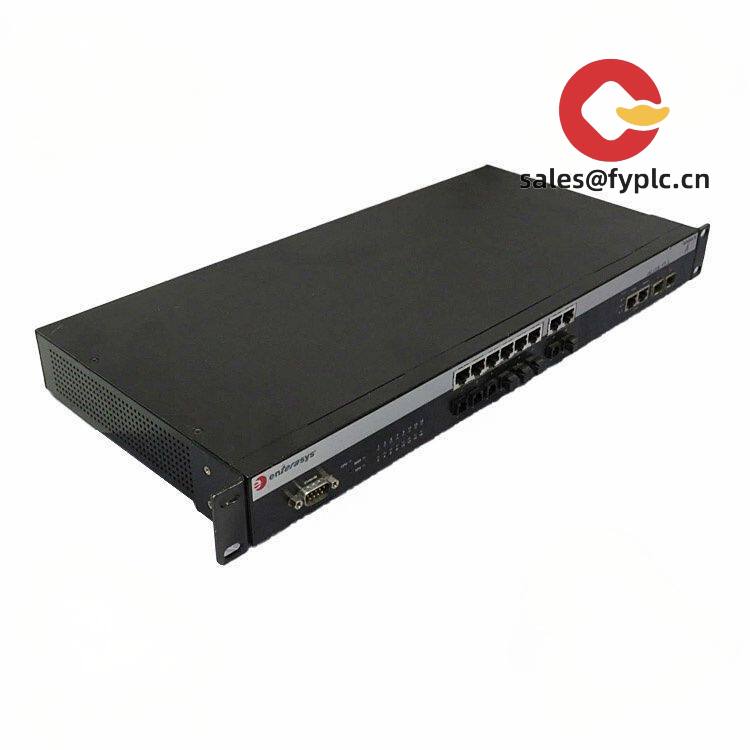
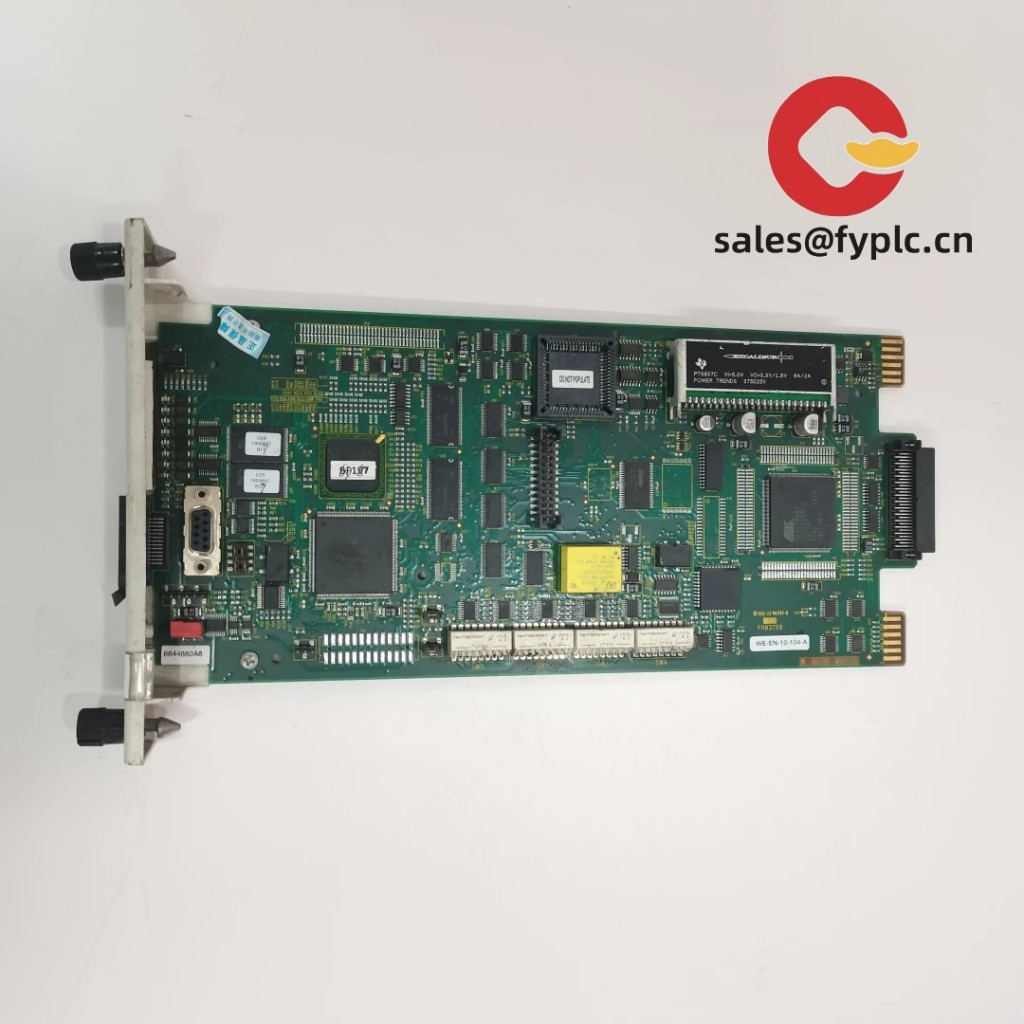

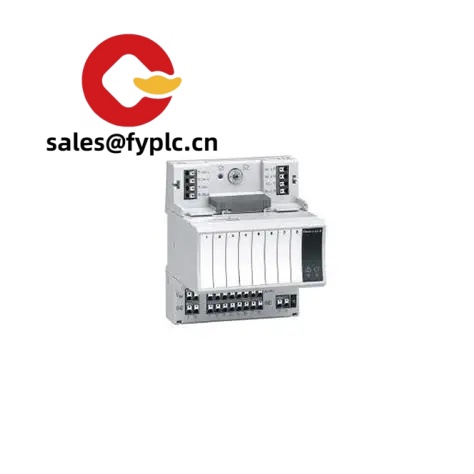
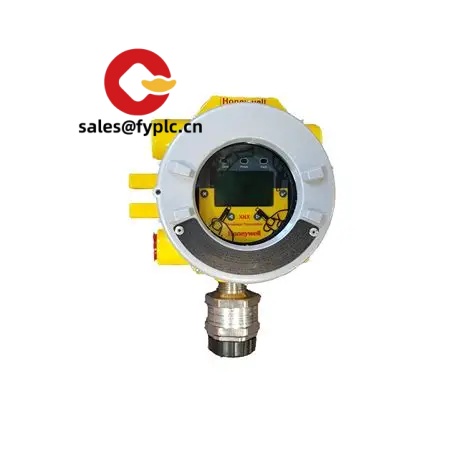
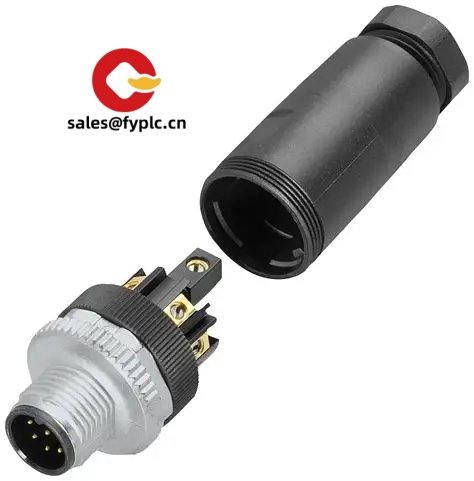
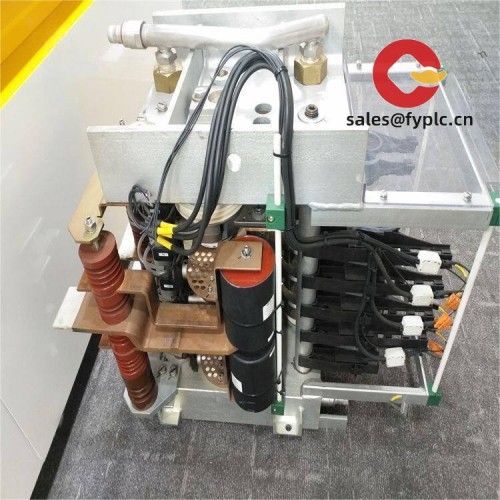
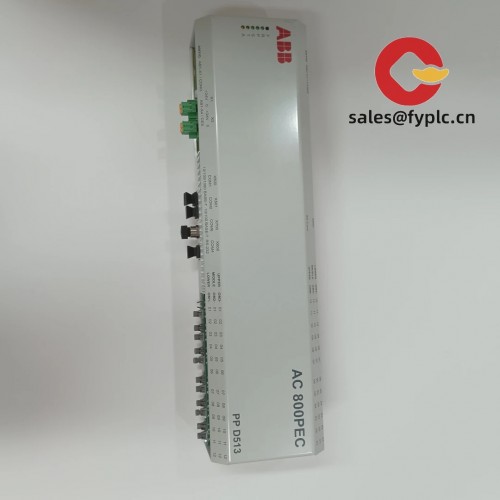





Reviews
There are no reviews yet.